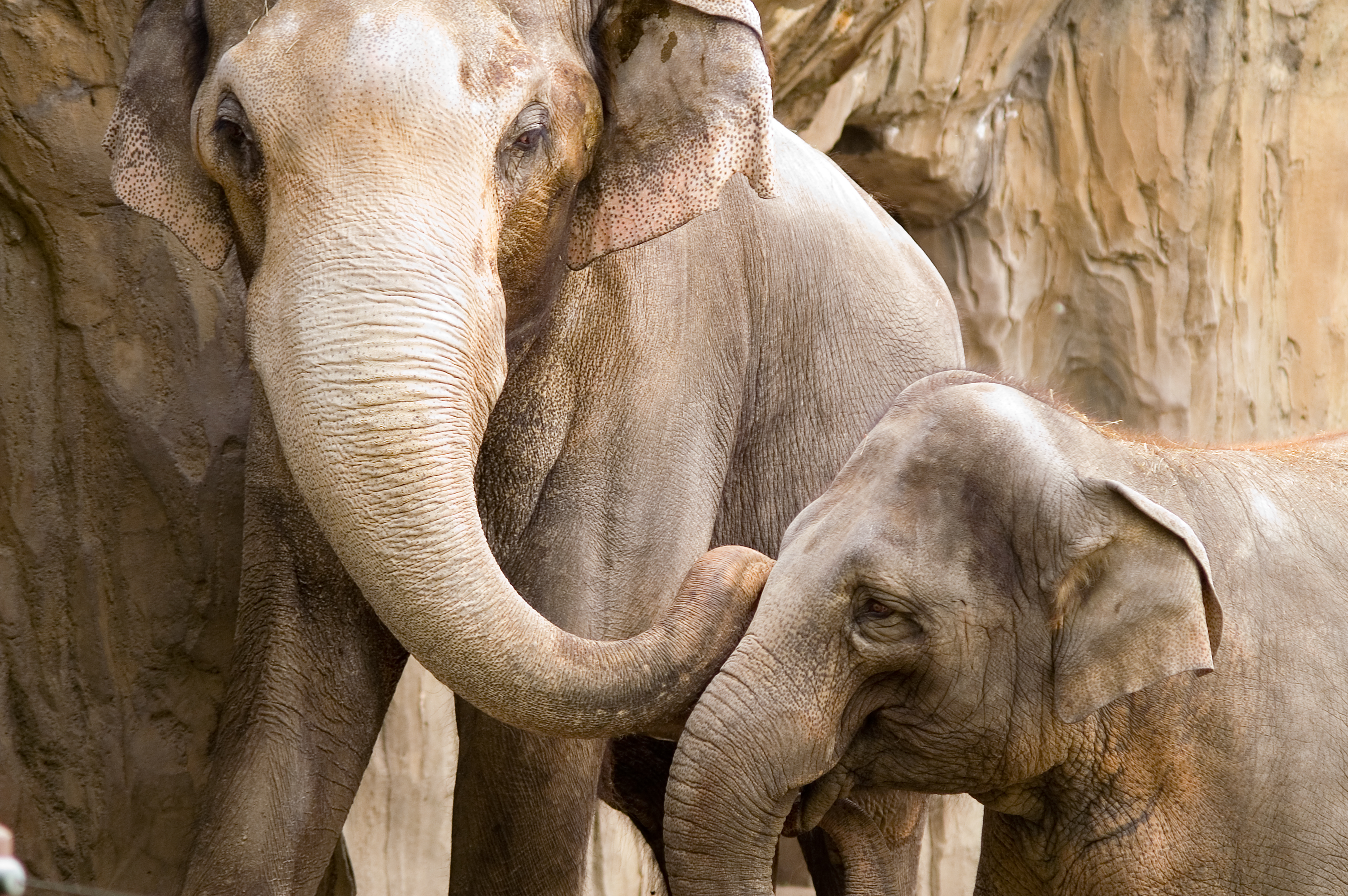Media is always entertaining or informing us with new things. However, I have learned over time that media sometimes tends to sensationalize stories. Recently, I read an unbelievable report on how elephants can comfort each other. Wary about media sensationalization, I searched for the original research article. After reading both the news report and research article, I evaluated each one and compared them with each other.
In the original research article, researchers Joshua Plotnik and Frans de Waal (2014) studied Asian elephants’ tendency to console distressed members of their group. Consolation is usually defined as “affiliative physical contact from an uninvolved bystander directed toward a recipient of aggression” (Plotnik and de Waal, 2014). It is demonstrated in only a few species since most animals are not thought to have the cognitive capability for consolation. The researchers believed that elephants are capable of reassurance due to being social creatures with strong bonds to their families. In their research, Plotnik and de Waal studied 26 elephants at Elephant Nature Park in Thailand for several months. They collected data in two groups: post-distress and matched-control. In the post-distress condition, the researchers identified a distressed individual based on certain behaviors (e.g. erecting the tail, extending the ear, and roaring) in response to negative stimuli (e.g. aggression, group separation, and environmental threats). They observed nearby bystanders for 10 minutes. They compared these observations with those of the matched-control condition, in which the same elephants were observed at a different time with similar conditions but no distress stimuli. The researchers found that bystanders were quicker to interact with the upset individual in the post-distress condition compared to the matched-control. These bystanders tended to associate with the individual by touching the individual on the mouth and genitals with their trunks. Furthermore, they vocally responded to the individual with unique sounds, which were not made in the control condition. The researchers also discovered that bystanders would touch other bystanders, and surround their young, a behavior called “bunching.” These results suggest that elephants may have a more developed cognition than some animals since consolation is regulated by complex cognitive mechanisms. Because chimpanzees have similar reassurance behaviors and social relationships, the researchers suggested that convergent evolution may have occurred between elephants and chimpanzees in terms of cognition, a possibility to explore with more research.

An Asian elephant comforting another elephant. Photo by E. Gilchrist (Think Elephants International, Inc. CC BY SA).
I have always been interested in human and animal behavior, so I enjoyed reading the research, and learning about the psychology of elephants, creatures that I never recognized were highly intelligent. (more…)


